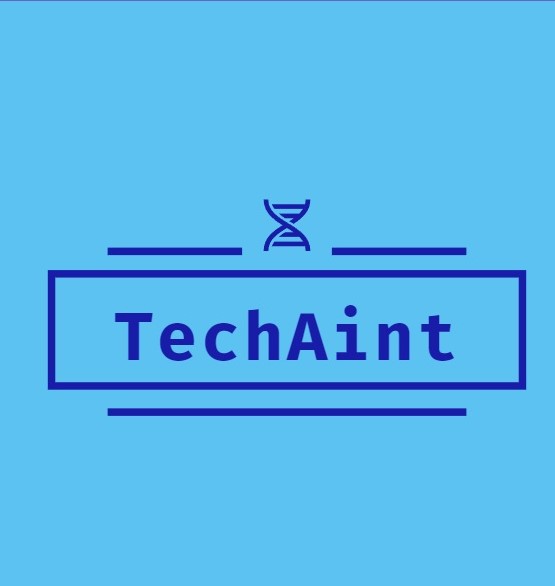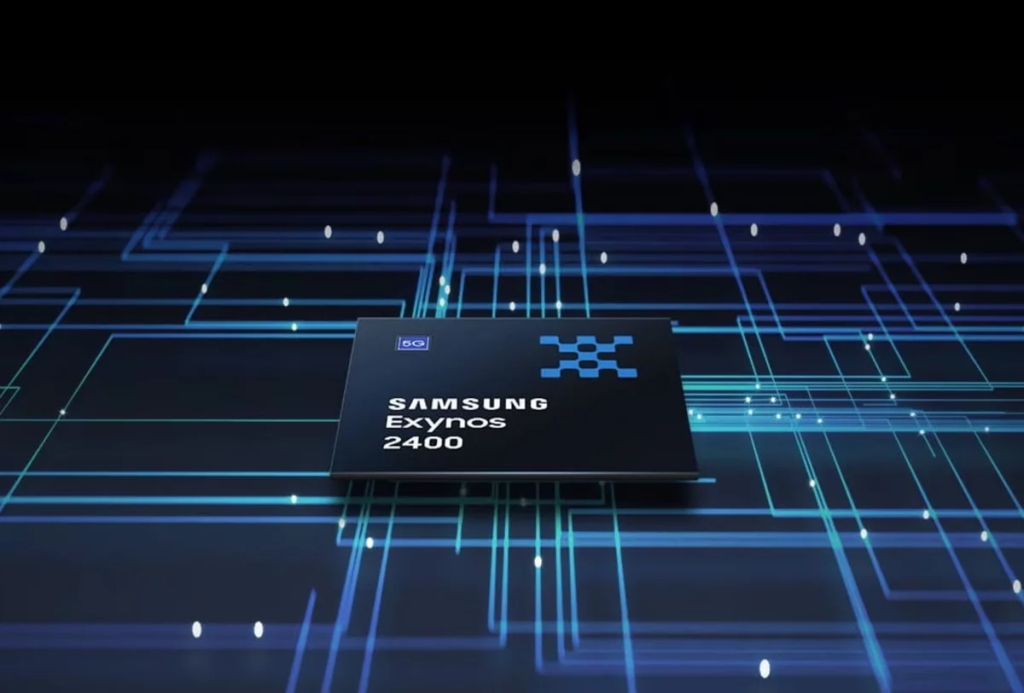It’s only a matter of days before The Merge and there are several important things to remember for network users. The long-awaited transition of Ethereum (ETH) to Proof-Of-Stake (PoS) will require updates on the Beacon Chain and the Proof-Of-Work (PoW) chain on a well-defined schedule.

Information to know about the progress of The Merge
While the arrival of the Merge of Ethereum (ETH) has never been more tangible, there is a wealth of information accompanying this transition. The first, which is also the most important, concerns dates.
First of all, remember that the transition from Proof-of-Work (PoW) to Proof-of-Stake (PoS) will only be complete after the two current chains have each carried out their own update.
On the one hand, we have the Bellatrix update, on the Beacon Chain, the proof-of-stake consensus chain. This update must occur very precisely on September 6 at 1:34:47 p.m., Paris time, at epoch 144896. An epoch is a unit of measurement on a PoS blockchain.
As for the Beacon chain, an epoch lasts about 6 min 30 s and contains 32 blocks. When writing this article, we were at epoch 142151 for example:

On the side of the current main chain, the chain by proof of work, it is the Paris update that must intervene in an interval between September 10 and 20. This will take effect when the “Terminal Total Difficulty” (TTD) is reached, i.e. the maximum mining difficulty.
From this moment, the next block will be generated by a validator of the Beacon Chain. The estimates consider that The Merge will be effective two epochs after this block, approximately after 13 minutes.
We can also point out that the “bug bounty” program has been valued by a multiple of 4. Thus, anyone who finds a bug that is qualified as critical by September 8 will be rewarded with a bounty of one million dollars.
The Ethereum Foundation makes an FAQ available
Regarding the lack of a precise date on the advent of the TTD, the Ethereum Foundation explains that it actually depends on the hashrate deployed by the miners. A rise or fall in the latter will affect the date of the Terminal Total Difficulty, but the fact is that it is inevitable.
As we already know, miners will no longer receive rewards for producing blocks after The Merge.
The various players in the ecosystem may also wonder what the changes to come will mean for them. In truth, this will only really concern those who actively participate in the holding of the network, the investors will have to do so to speak nothing.
Most of the work will be done by the validators. The latter will have to update their client and ensure that their node is working properly. For their part, the ETH stacked on the Beacon Chain will remain locked as agreed until a later update.
As for the various decentralized applications (dApps), developers are encouraged to perform as many tests as possible on Goerly and Sepolia in order to report any problems. However, the major difficulties should only concern smart contracts using functions specific to a PoW environment.
Provided all goes well, Ethereum (ETH) will then have passed the largest update in its history in less than a month.






Leave a comment